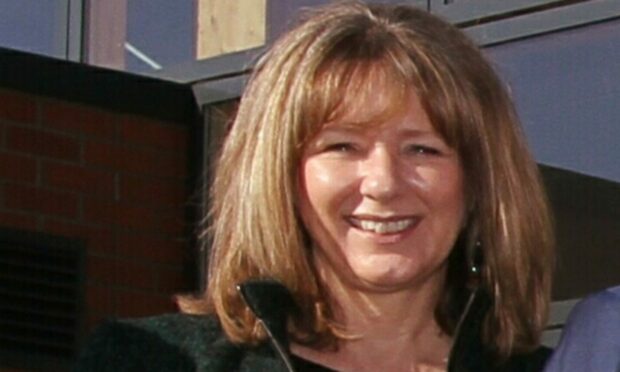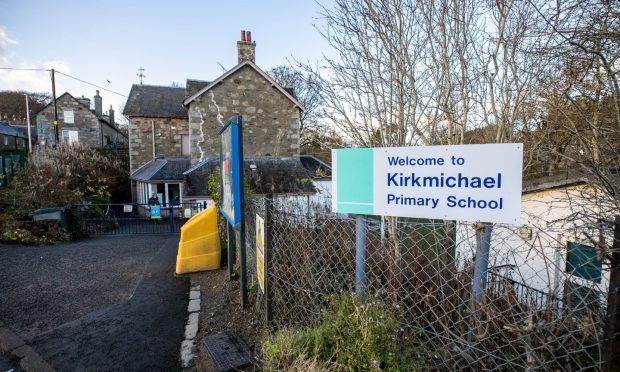A number of Perth and Kinross young people suffering deep-set anxiety are struggling to return to school following the pandemic.
The Local Democracy Reporting Service (LDRS) has learnt school attendance in 2021/22 – perhaps unsurprisingly – was the lowest on Perth and Kinross Council’s records.
A council report on raising attainment showed attendance levels in 2021/2021 had been “impacted significantly” by the pandemic.
A report on progress on education and children’s services raising attainment strategy 2020-23 showed the increased absence rate was “related to coronavirus pandemic response, both sickness and isolation”.
Attendance levels in 2021/22 fell to 92.4 per cent for primary and 87.7 per cent for secondary. This compares with an excellence stretch aim of 96 per cent attendance in primary and 93 per cent attendance in secondary.
Lowest turnout since records began
This week a spokesperson for PKC confirmed last year’s attendance levels were the lowest since records began.
The PKC spokesperson told the LDRS: “School attendance in 2021/22 was lower than any other year since 2007/08 when our records commence.
“Covid (illness and/or isolation) had a significant impact on pupil attendance through the year (and indeed the previous year of course) and can’t be compared to other years.”
On Wednesday, November 2 the learning and families committee was told by officers how longer-term trends can only be understood after a full year’s return to “normal” as the effect of Covid-19 subsides.
Young people ‘out of their routines’
At last week’s meeting Labour Perth City North councillor Brian Leishman asked how many pupils had become “disengaged with school to the point they stopped attending” and how many were being taught at home.
PKC’s head of education and learning Sharon Johnston said there were pupils “who had issues with attendance, particularly post lockdown and Covid where we understood the at-home learning was something that suited some of our young people particularly those with additional support needs”.
The education chief said getting pupils in class five days a week had been a national challenge and a “range of approaches” had been adopted to tackle the issue. As part of PKC’s response, community link assistants and pupil care and welfare officers have been recruited.
Ms Johnston said: “We also had young people who were out of their routines and it has been a national challenge to make sure our young people get back into school on time, five days a week and visiting all their classes.”
‘Deep-set anxiety’ about going to school
The committee was told educational psychologists have been working with “a number of young people who have a number of greater needs – usually additional support needs – who really do struggle to come back into school”.
Explaining emotionally-based absence, Ms Johnston said: “That is a much more deep-set anxiety for some around coming into school for some young people.
“We know the numbers of those young people.
“We track them, our quality improvement officers get the data on a monthly basis and have conversations with schools to make sure there is a plan in place to make sure attendance is increased.
“It is a slow work of progress in some cases.”
She added: “And then we do have a number of young people who have always had the opportunity to be educated at home. Our current figure at this point stands at 79 young people who are educated at home.”












Conversation